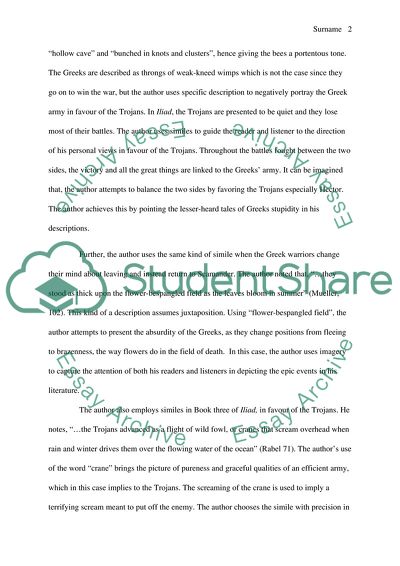Cite this document
(The Use of Similes in the Book Iliad Report/Review, n.d.)
The Use of Similes in the Book Iliad Report/Review. https://studentshare.org/philosophy/1808363-simile-in-the-book-iliad
The Use of Similes in the Book Iliad Report/Review. https://studentshare.org/philosophy/1808363-simile-in-the-book-iliad
(The Use of Similes in the Book Iliad Report/Review)
The Use of Similes in the Book Iliad Report/Review. https://studentshare.org/philosophy/1808363-simile-in-the-book-iliad.
The Use of Similes in the Book Iliad Report/Review. https://studentshare.org/philosophy/1808363-simile-in-the-book-iliad.
“The Use of Similes in the Book Iliad Report/Review”. https://studentshare.org/philosophy/1808363-simile-in-the-book-iliad.


